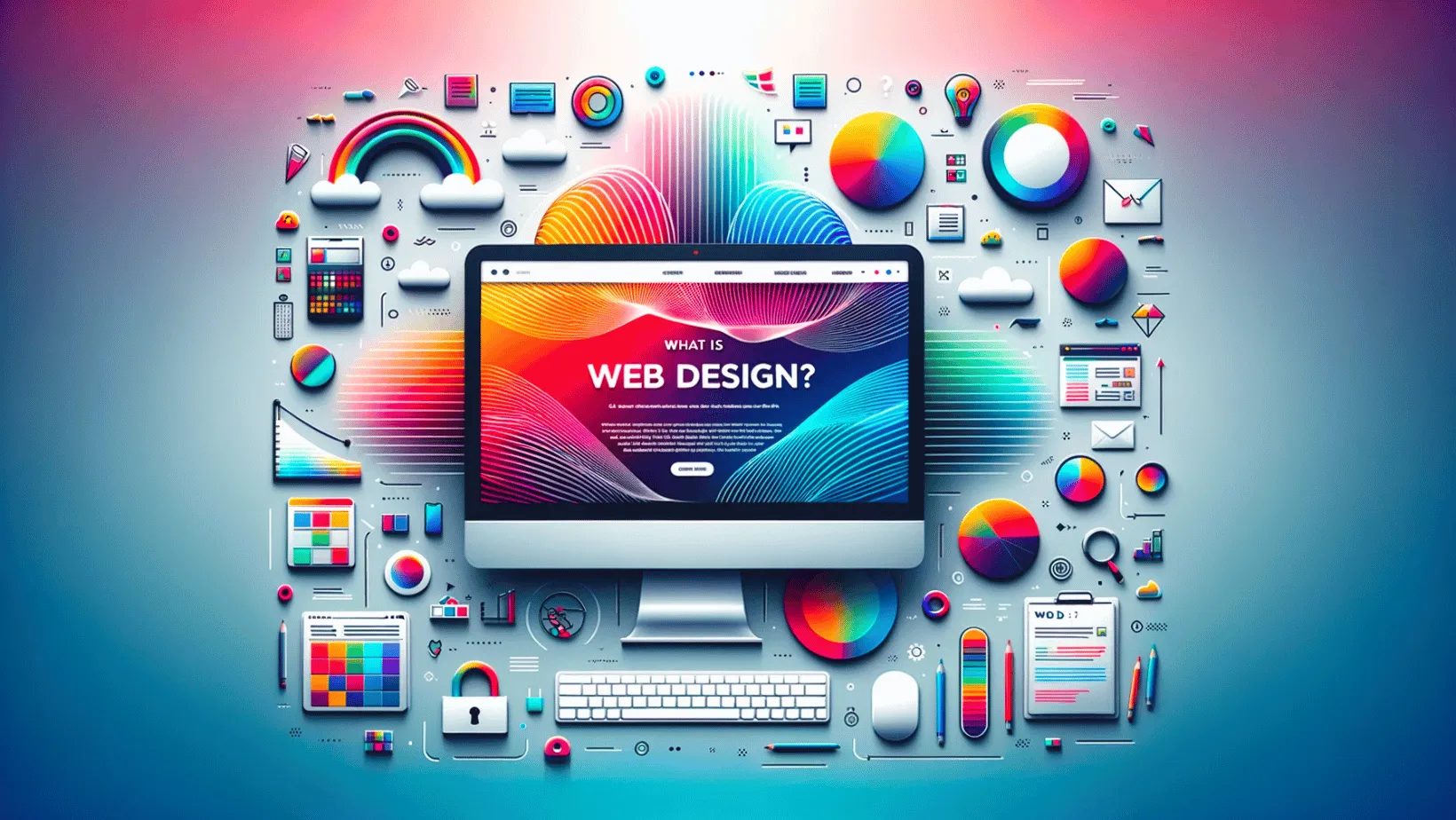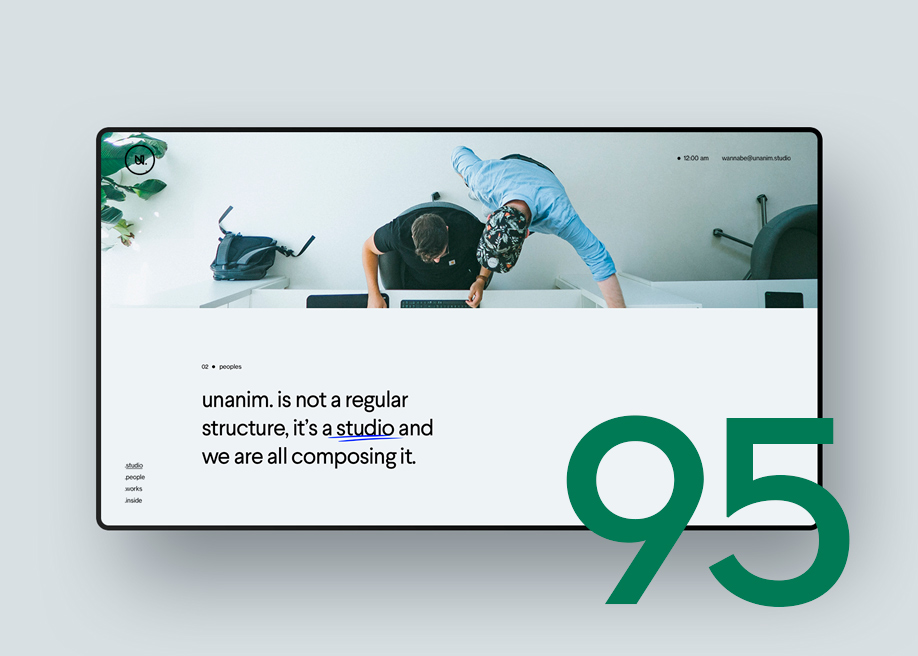How Reliable Web Design Can Boost Individual Experience and Conversions
In the increasingly competitive electronic landscape, efficient web layout plays a pivotal role in boosting individual experience and driving conversions. As we discover the crucial elements that contribute to successful internet layout, it ends up being apparent that the influence on customer contentment and conversion prices is extensive.
Significance of User-Centric Design
In the world of website design, focusing on user-centric layout is critical for creating effective digital experiences. This technique concentrates on understanding the demands, preferences, and behaviors of customers, guaranteeing that digital interfaces are obtainable and user-friendly (Web design). By integrating user responses into the layout procedure, internet designers can craft experiences that reverberate with their target audience, ultimately causing boosted engagement and contentment
User-centric design highlights use, which is vital for preserving customers and minimizing bounce prices. When individuals can browse an internet site easily, they are more most likely to explore its content and convert right into clients.

Secret Components of Effective Layout
Effective format offers as the foundation of user-centric website design, converting user needs right into aesthetic frameworks that facilitate communication. A well-organized layout prioritizes material through a clear hierarchy, guiding individuals' eyes to crucial details. This pecking order is commonly developed using size, shade, and spacing, ensuring that critical aspects stand out.
Another crucial element is using whitespace, which prevents overcrowding and boosts readability. Web design. Whitespace permits elements to take a breath, making the overall layout show up cleaner and simpler to browse. Furthermore, uniformity in layout aspects, such as fonts and shades, cultivates knowledge and count on, enabling users to navigate the site with better ease
Grid systems can also be vital, offering a structure that aligns web content logically and visually. This alignment improves the customer experience by developing a structured aesthetic flow. In addition, flexibility in layout-- like responsive layout-- guarantees that web sites do well across numerous gadgets, satisfying varied individual choices.
Eventually, a reliable layout not only mesmerizes customers however likewise urges them to engage more deeply, inevitably driving conversions and satisfying company objectives. By concentrating on these key elements, designers can develop designs that reverberate with individuals and boost their overall experience.
Navigational Finest Practices
Intuitive and clear navigation is crucial for improving individual experience on a web site. A well-structured navigating system allows users to locate information quickly, which straight affects their satisfaction and likelihood of conversion - Web design. Applying an ordered structure is crucial; make use of classifications and subcategories that practically group related content, making it easier for site visitors to discover
Make sure that buttons, food selections, and web links keep harmony in style, shade, and positioning throughout all pages, providing customers with a familiar structure as they navigate. Rather of generic terms, decide for clear labels that properly show the content, helping customers in making informed decisions.

Mobile Responsiveness and Availability

Access, on the other hand, concentrates on making web sites usable for people with impairments. This includes sticking to guidelines such as the Internet Material Ease Of Access Standards (WCAG), which resolve issues like color comparison, text dimension, and key-board navigation. By implementing these standards, web designers can produce comprehensive experiences that cater to a broader audience, therefore enhancing user interaction and complete satisfaction.
Moreover, mobile responsiveness and accessibility not only enhance customer experience yet also positively effect search engine rankings. Search engines prioritize mobile-friendly and available sites, making them more probable to show up in pertinent search results. As a result, purchasing these elements of website design not only meets individual demands but additionally adds to total service success with boosted exposure and boosted conversion rates.
Gauging Success Via Analytics
Tracking individual interactions and behaviors with analytics is crucial for assessing the success of an internet site. By leveraging tools such as Google Analytics, services can collect vital data that reveals just how customers engage with their website. Metrics such as bounce rates, average session period, and conversion rates provide understandings into individual habits and can highlight areas for improvement.
Understanding customer demographics and web traffic sources further enhances a website's performance. This data permits internet designers to tailor web content and design components to much better fulfill the demands of their target audience. Additionally, tracking certain user trips assists identify possible bottlenecks in the conversion channel, making it possible for organizations see page to enhance their internet style accordingly.
A/B testing different layout elements can supply concrete proof of what reverberates with customers, allowing for notified choices based on real-world efficiency. Inevitably, measuring success with analytics not only improves customer experience yet additionally drives conversions, ensuring that internet style initiatives align with service goals.
Verdict
To conclude, effective web design plays a critical function in improving customer experience and driving conversions. By focusing on user-centric concepts, carrying out crucial design aspects, and guaranteeing user-friendly navigation, sites can engage a diverse audience. Mobile responsiveness and ease of access further add to a smooth communication for all individuals. Eventually, determining success through analytics enables continual renovation, making certain that style methods stay aligned with customer demands, consequently promoting company development and success.
In the progressively competitive electronic landscape, effective internet design plays a pivotal function in improving user experience and driving conversions. By integrating individual comments into the design process, web designers can craft experiences that reverberate with their target audience, eventually leading to raised involvement and contentment.
Inevitably, the significance of user-centric style lies in its capability to develop purposeful communications that drive conversions and foster lasting partnerships with individuals, making it an important component of successful internet layout strategies.
Ultimately, gauging success via analytics not only boosts user experience however also drives conversions, making certain that internet design efforts line up with company objectives.In final thought, efficient internet layout plays an essential duty in boosting user experience and driving conversions.